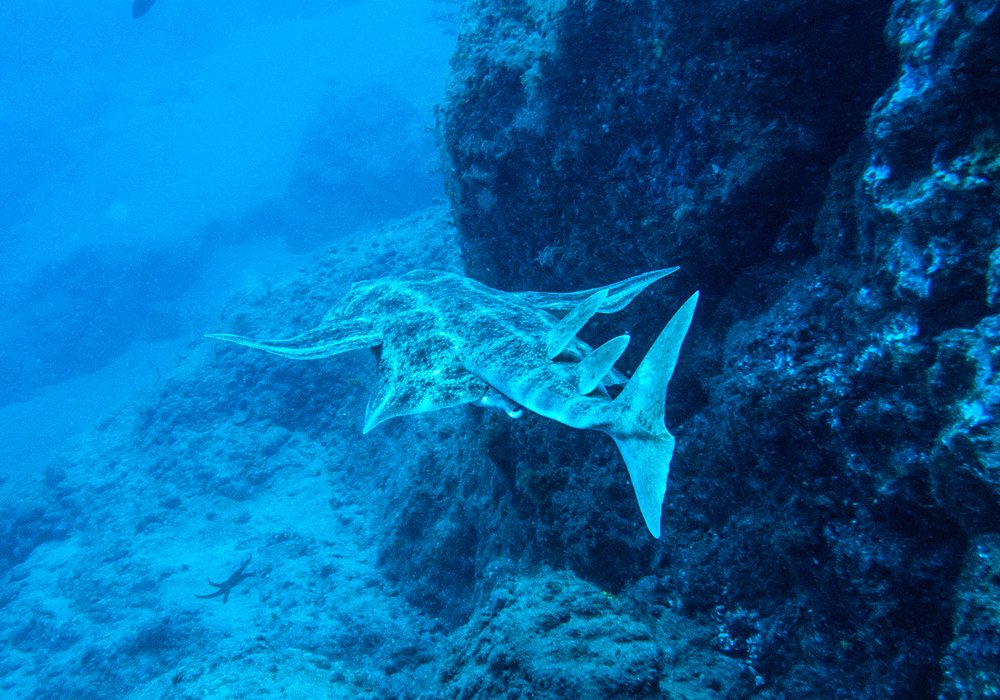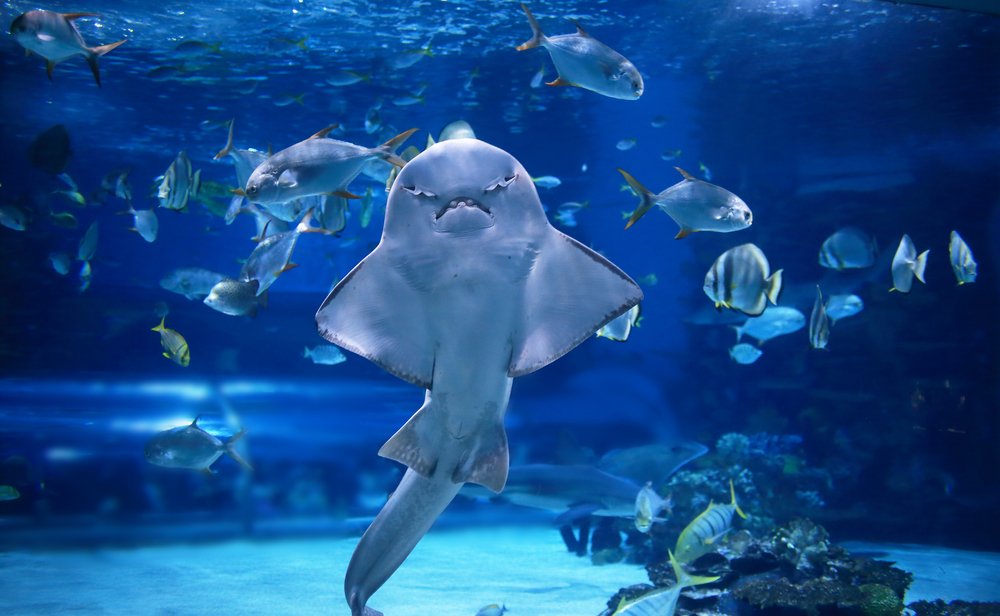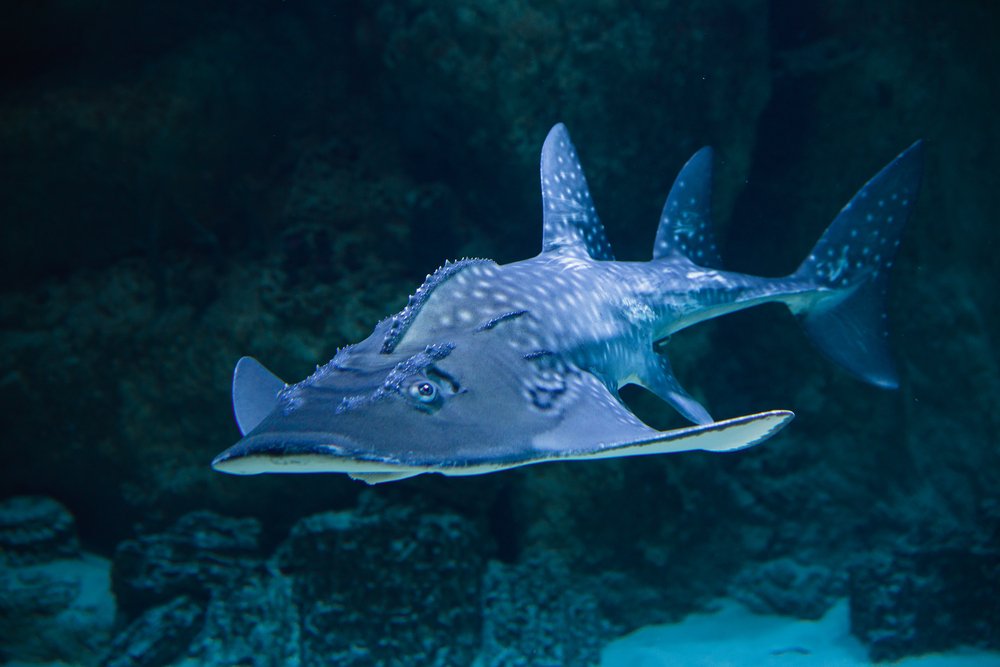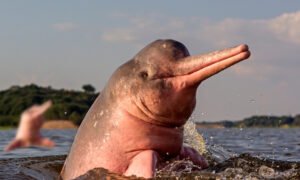Have you ever wondered that How Many Angel Sharks Are Left In The World? It is estimated that there are roughly 1,000 to 2,000 angel sharks left in the world. However, this number may be even lower as they are considered a critically endangered species by the International Union for Conservation of Nature (IUCN). The exact number is difficult to determine due to their elusive nature and declining population.
Angel sharks can be found in the Eastern Atlantic Ocean, specifically along the coasts of Spain, Portugal, and Morocco. They can also be found in the Mediterranean Sea and parts of the Western Indian Ocean. Unfortunately, their population has declined significantly due to a variety of threats such as overfishing, habitat destruction, pollution, and accidental bycatch.
Table of Contents
What Is The Behavior And Diet Of Angel Sharks?
Angel sharks have a unique behavior compared to other shark species. They are ambush predators, meaning they wait for their prey to swim close to them and then strike quickly. This is possible due to their flattened bodies and camouflaged appearance that allows them to blend in with the sandy ocean floor.
Their diet mainly consists of bony fish, crustaceans, and cephalopods. They use their sharp teeth to catch and consume their prey. Despite being considered a small shark, angel sharks have been known to grow up to 6 feet in length.
Why Are Angel Sharks Important?

Angel sharks play an important role in maintaining balance in the marine ecosystem. As predators, they help control the population of their prey species, preventing overpopulation which can have negative effects on the ecosystem. They also serve as a food source for other marine animals such as larger sharks and marine mammals.
In addition to their ecological importance, angel sharks also hold cultural significance in some regions where they are found. For example, in Spain, they are known as “peje ángel” and are considered a delicacy in some coastal communities.
The Current Population Of Angel Sharks?
It is difficult to accurately determine the current population of angel sharks that How Many Angel Sharks Are Left In The World?. However, efforts are being made by researchers and conservationists to better understand and protect this species.
One way this is being done is through tagging programs, where individual sharks are tagged with trackers so their movements can be monitored. This provides valuable information on their habitat preferences and migration patterns, which can aid in conservation efforts.
Why Are Angel Sharks Endangered?

Overfishing is a major issue as angel sharks are often caught as bycatch in fishing nets meant for other species. This not only reduces their population but also disrupts the balance of the ecosystem.
Habitat destruction, such as bottom trawling, can also have a significant impact on angel sharks. This destructive fishing method damages the ocean floor and destroys their preferred habitat.
Pollution, particularly plastic pollution, is another major threat to angel sharks. They can easily mistake plastic debris for food and ingest it, causing harm or even death.
How Angel Shark’s Population Decline?
One of the main reasons for their decline is due to being caught in fishing nets as bycatch. As bottom-dwelling sharks, they are often found near the sea floor where many commercial fishing activities take place. This makes them highly vulnerable to being accidentally caught and killed in fishing gear meant for other species.
Additionally, their habitat is under threat from human activities such as coastal development, pollution, and climate change. These factors not only directly impact the angel shark population, but also their prey and overall marine ecosystem.
Who Is The Natural Predator Of Angel Sharks?

Larger sharks, such as great white sharks and tiger sharks, are known to prey on angel sharks. They also face threats from humans through direct hunting for their meat and fins, which are used in traditional Chinese medicine.
What Are The Conservation Efforts For Angel Sharks?
Conservation efforts are being made to protect and restore angel shark populations. In 2019, the IUCN Shark Specialist Group launched a Global Angel Shark Conservation Strategy which aims to promote research and conservation initiatives for this species. Furthermore, organizations like the Angel Shark Project are working with local fishers and communities to promote sustainable fishing practices and reduce bycatch.
There are also efforts to increase public awareness about the critical state of angel shark populations. For example, in Spain and Portugal, where the species is most abundant, there are campaigns in place to educate the public on the importance of protecting these sharks and their habitats.
How Can We Help To Protect Angel Sharks?

As individuals, there are actions we can take to help protect angel sharks and other marine species. One way is to support sustainable fishing practices by purchasing seafood from responsible sources that use more selective fishing methods.
We can also reduce our carbon footprint by making small changes in our daily lives such as reducing energy consumption and using eco-friendly products. This helps mitigate the effects of climate change on marine ecosystems.
Lastly, raising awareness and educating others about the importance of protecting angel sharks can make a significant impact. By spreading the word and promoting conservation efforts, we can work towards preserving these beautiful creatures for future generations to come. Let’s do our part in protecting angel sharks and their habitats before it’s too late.
What Is Being Done To Protect Angel Sharks?
Various conservation measures have been put in place to protect and hopefully increase Angel Sharks population.
One such measure is the creation of marine protected areas (MPAs) where fishing is restricted or prohibited in order to give the species a safe haven to thrive. In addition, regulations and quotas on fishing in their habitats have also been implemented.
Final Thoughts
Angel sharks may not be as well-known or charismatic as other shark species, but they play a crucial role in maintaining balance in the marine ecosystem. With their population declining and facing numerous threats, it is important for us to take action and protect these unique creatures.
Read Also: How Many Pink Dolphins Are Left In The World?





